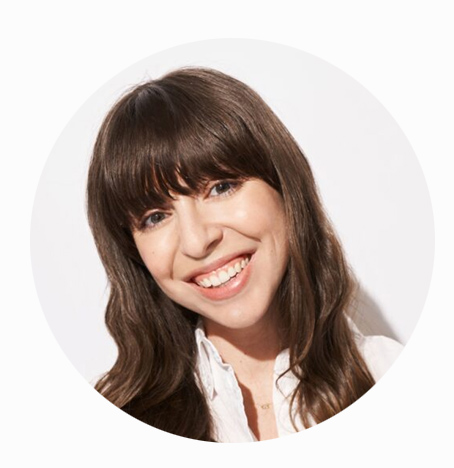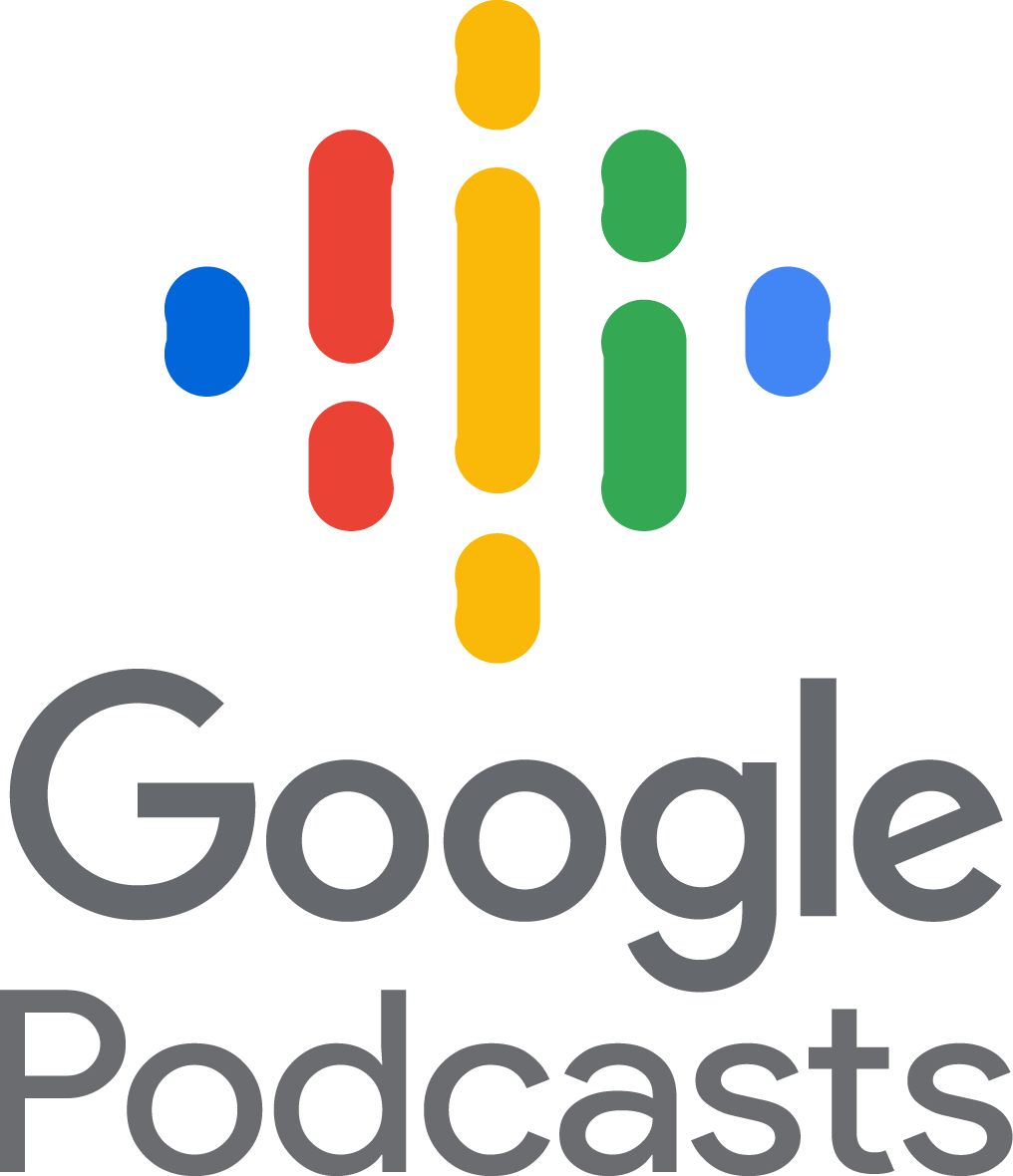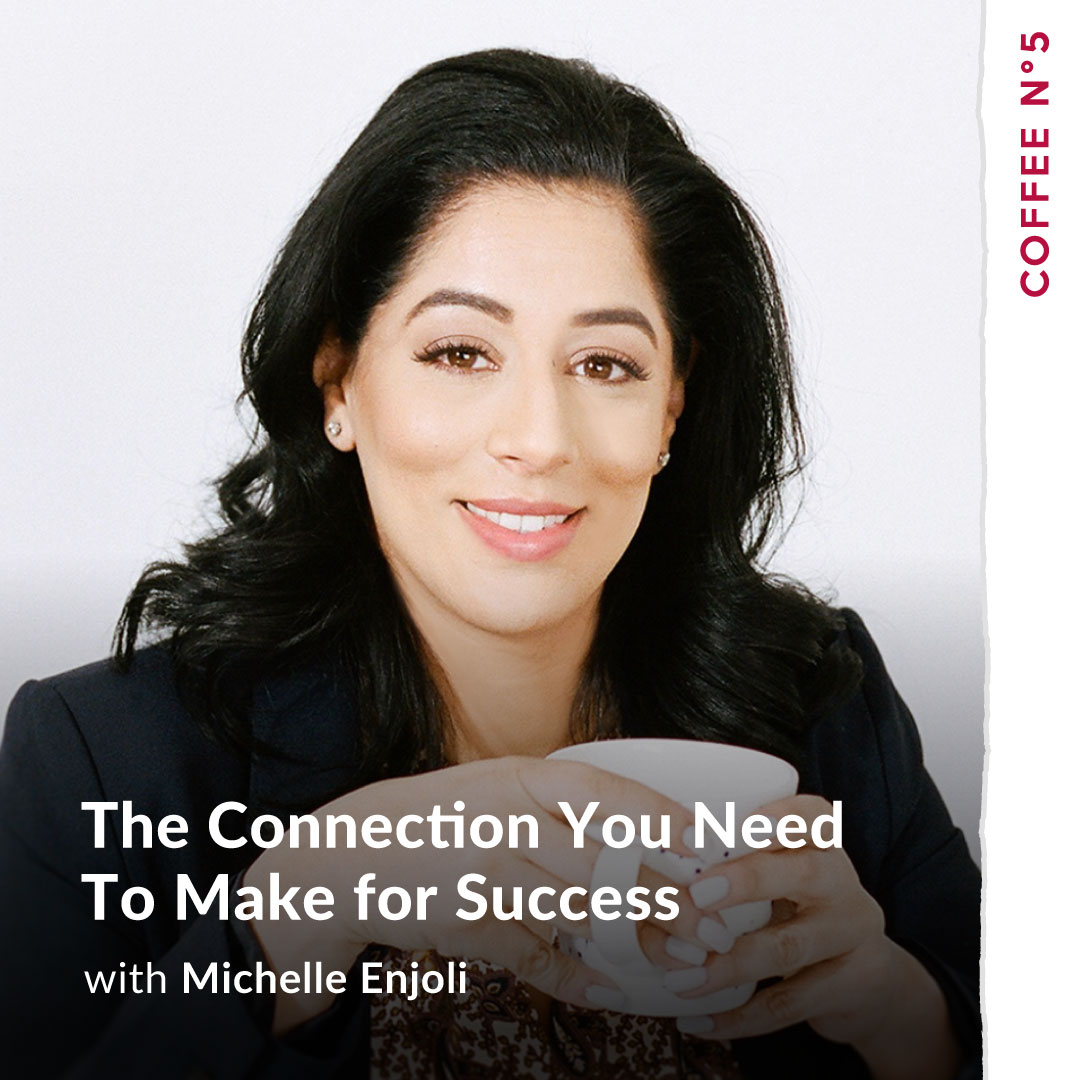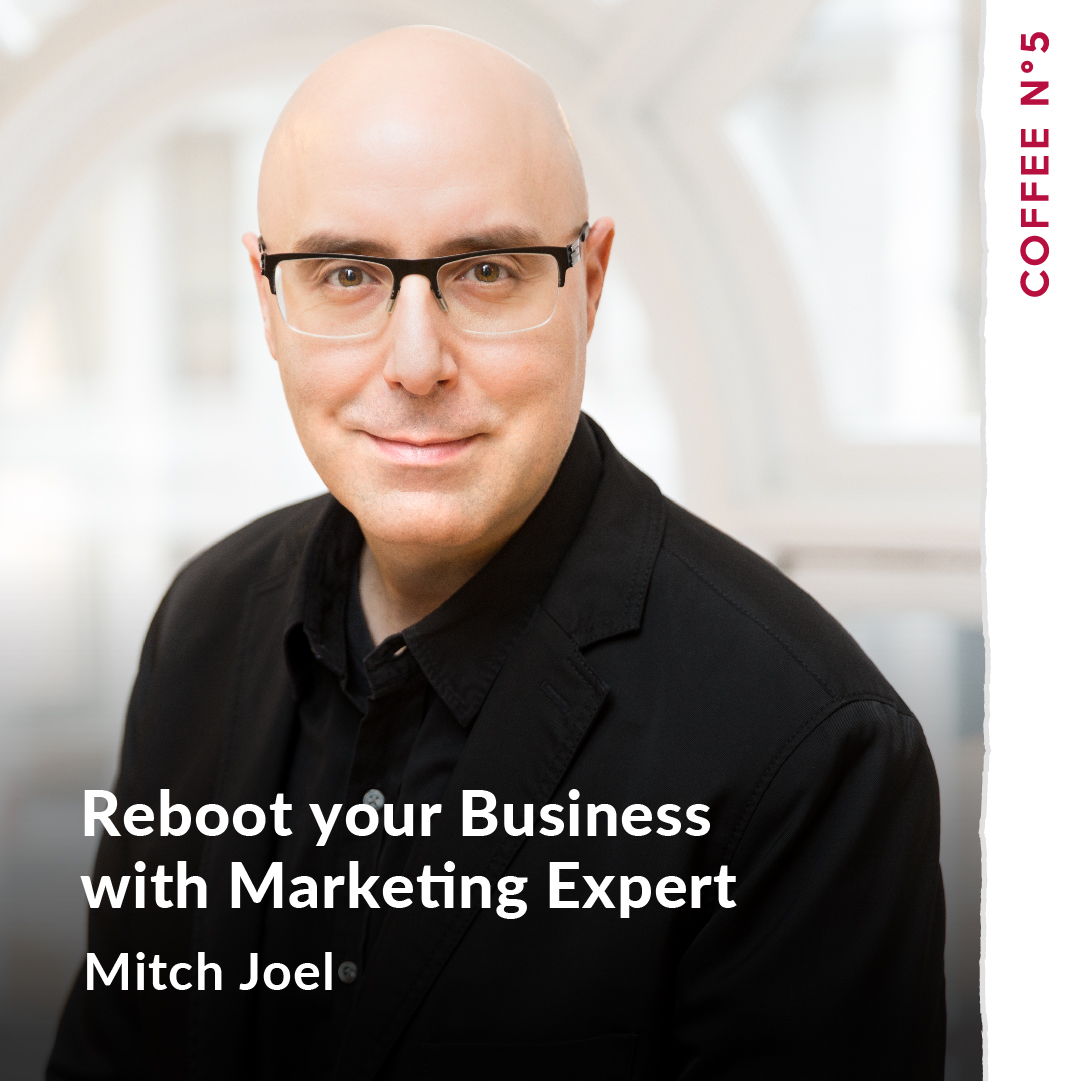Lara Schmoisman 0:05
This is coffee number five. I’m your host Lara Schmoisman Hi, everyone. Welcome back to coffee number five. Today, I’m excited. I’m always excited. You know me already, because I get to talk to these amazing people! I met the most incredible people through this journey in this podcast. So I’m grateful for that. And I’m grateful that I can bring you real leaders and real people that have real experiences. I go to Instagram, Facebook, and even LinkedIn sometimes, and you can see only the people who succeed and you think that they succeed overnight. And that doesn’t happen. And if it happens, I will be really, really scared about that. Because it’s really hard to keep up with the success overnight. But anyway, I want to bring you someone super successful today. Emily Yeston she’s one of the co founders of the Doré. Did I say it right? Doré? You did? Yes, you did. So welcome to Coffee Number Five. First of all, I have to ask you the accent because that’s something that we’re not esse in English. How? Tell me how people mispronounce it.
Emily Yeston 1:20
God that, my gosh. That’s such a funny question. I think the funniest one is that people just say door.
Lara Schmoisman 1:27
Yes, that could happen. Well, I come from Spanish, though. accents are easy for me. But I can see like, even my kids where they were younger, they will say what do I do with that?
Emily Yeston 1:40
Of course yeah, no, it’s it’s funny because but Garance will get into a story. My partner she’s French. And so the name comes from her last name. And so we didn’t want to change it because it was something that was recognizable, but we’ve always laughed at the funny pronunciations of the Doré name,
Lara Schmoisman 1:59
What does Doré means? Besides, any other meaning besides her last name?
Emily Yeston 2:06
Yeah, so in French, it means actually like sort of a golden color. And so we actually even though the brand is green, we thought that it was nice for beauty brands, because there is something about you know, when you have great skin, and you feel really confident yourself that kind of golden glow, I guess that we all have men that we aspire towards when it comes to our skincare. So it felt like an appropriate name to keep for the brand.
Lara Schmoisman 2:30
That’s amazing on how did you started with Doré, because you have a very long trajectory, also working with companies in the beauty industry. But how when did you decide to do the switch and go from working in corporate to partner with a new brand?
Emily Yeston 2:48
Yeah, absolutely. Well, first, I’m so grateful to be here. So thank you for for having me to share our story, our Doré story. But yeah, it’s been it’s been quite a journey. So my background was really more in the publishing world. So I worked at Conde Nast at Lucky magazine before it folded. And before I started working with my my current partner Garance so I came more from editorial, and always thought that I would spend my life working in magazines originally. But back in 2011, when I would say the internet was really starting to take hold within the publishing space, I had been a fan of my business partner Garance Doré, who was one of the first fashion bloggers for many, many years. She started the site back in 2006. And I had been a reader and an admirer for for a number of number of years, a period of time. And I always loved what she was doing in terms of her street style photos and her fashion illustrations, but also just the way that she was sharing her experience of, you know, observing kind of the fashion and beauty world from a very French point of view.
Lara Schmoisman 3:57
And I have to say, when you go to the Doré website, one of the first thing that caught my attention was the editorial part. I never seen it in another website. So that I’m sure it comes from you also, and from their background in editorial.
Emily Yeston 4:12
Yeah, so we, Garance had a blog. And I started working on that blog with her, but it had been around since 2006. And so we’d been working together since 2011. And over the course of that, you know, more than a decade, we really evolved to the the editorial site for being a personal blog and to being a women’s lifestyle, digital media platform. So we were doing, you know, content, storytelling, all sorts of things, working with brands collaborating with brands across the fashion and beauty industries on advertorial content. I remember when that first kind of became even a thing that people were exploring on the Internet back in the early like, you know, 2010s But in 2019, we decided that we wanted to pivot out of the media world. We felt like just the say that the business was running, you know, advertiser dollars, were starting to go more towards Facebook and Google and it was becoming more and more challenging to be able to work with brands and to build a business that would really grow and scale. And so we decided to think about, you know, how we could pivot the following that she had built in the brand that we had created with Doré, into another category. And the thing that we had come to recognize was that Garance was really well known for her very French point of view, when it came to her approach to beauty. And that anytime we had featured a French woman on the site, with that very, I would say, kind of confident, a short, very simple approach to the way they think about skincare. These were the stories that were resonating, you know, with our readers for for years and years, they were very kind of evergreen features. And so we kind of had this insight that within the French pharmacy space in particular, which was typically the types of products that these women were using, that there hadn’t really been a big evolution in terms of modernizing some of the products that you find there for, you know, cleaner formulation, more sustainable, you know, approach to packaging those products. And that was really where the idea for Doré, which we see as modern French pharmacy skincare was born
Lara Schmoisman 6:12
And you see me looking at the side, because I’m looking at your website, actually as we speak. So it’s not that I’m not paying attention to Emily, and what she’s saying, but at the same time, I’m looking at her beautiful product, and why green? Yeah,
Emily Yeston 6:28
We spent a lot of time thinking about the color. So I think it was a few things that went into that decision. First of all, it’s Garance and I both love green, it’s one of our favorite colors. And so it was something that we just both naturally gravitated towards the green is also a bit of a nod to I would say like the French pharmacy space, they they sort of exists within a very different green than than our green. But it’s just something that felt like it sort of created the connection a little bit between between the pharmacy and then what we were trying to do with the products. And then we also wanted something that would really, you know, sort of stand out from a merchandising perspective. So there were strategic decisions that went into picking the green as well. I think, you know, today, whether you’re shopping online, you know, at a multi brand retailer where products are just shown on a white background, or if you’re shopping in store, there’s obviously so many beauty brands today. And we wanted something that would really grab people’s attention and be really sort of strong visually. And so leaning into the green is something that I think has created a little bit of like a wow factor when it comes to looking at the product, either on a screen or in person.
Lara Schmoisman 7:35
Let me ask you, because you guys have four products, right? Yeah. So why was the decision of lounge with four products?
Emily Yeston 7:44
Yeah, so we launched, so we launched in May of last year. So the brand hasn’t been in market for a whole year yet. But when we launched we started with three, the micellar water is our newest addition, which we just launched in January. And I think for us, we really wanted to just concentrate on sort of the foundations of what we consider like a very solid skincare routine. Garance is notorious for telling everyone how lazy she is when it comes to how she thinks about skincare. But I tend to agree with her. I don’t really love having complicated routines, and I actually had really terrible acne that I was dealing with and I found that the more complex my routine was, the worse my skin would get.
Lara Schmoisman 8:25
Absolutely. Absolutely. Yeah.
Emily Yeston 8:28
Exactly. And so we wanted to just create like good sort of simple foundational products that would be easy for customers to be able to adopt into their routine.
Lara Schmoisman 8:37
And I’m realizing and tell me if I’m not wrong, because now it seems because why did we decided to go with these specific four products? Because even now there are so trending to have for example serums? Or why this for why you think you need these four specific products? What was the thought behind it?
Emily Yeston 9:03
Yeah, absolutely. And I think when you when you think about sort of consumers and the skincare space at a very general level and when you think more about the mass channel, I still think that we in the industry tend to kind of assume that the consumer is slightly more complicated than they actually are. And to me the most important things you can do with your skin is to cleanse it and to moisturize SPF is definitely up there on the list as well. But if anything, just making sure that you’re actually washing your face and then putting a moisturizer.
Lara Schmoisman 9:37
Oh my god, I’m such a big believer, to my sons that they don’t want to use all these products. I was like at least wash it. If you wash it off of the battle. It’s so important to cleanse.
Emily Yeston 9:52
Exactly. And I mean I’m still shocked by the number of people that I speak to that are outside the industry that are you know, washing their face with a bar like A bar of soap.By the way, we we really wanted to get back to basics and not offer an overly complex, you know, assortment to to consumers, I think that there’s an opportunity for us to introduce other treatment focused products and things like that if you’re looking to target a specific concern, maybe. But at the end of the day, make cleansing your skin, hydrating your skin with a moisturizer, I think is just a really great foundation for getting someone who maybe doesn’t have a routine in place, or is just looking to cut down on the amount of product that they’re using. And so that’s where the cleanser and the moisturizer came into play. And then the balm, which is the other product that we launched with is one of those multipurpose heroes, and to me, this is very much you know, a pharmacy product, it’s one of those products that you can kind of use for anything and everything, it’s very much a multipurpose kind of specialty product. It’s a non petroleum based ointment, essentially that you can use on chapped skin, you know, in the nose, a bit stripe. Yeah, and I think these products that can be real kind of workhorses, and do a lot, you know, all across the body, not necessarily just on the face, are so beneficial. I love to say it’s like my desert island product, even if I didn’t have the cleanser and the moisturizer, and I was stuck somewhere, you can do so much with that balm, that it’s just a great kind of hero to be able to have to throw into your bag or keep in your bathroom. And so those were the three products that we decided to start with, I wanted the Micellar Water personally, because I’ve always been a micellar water user because of how sensitive my skin is. Garance has always been a cleanser user because of you know, she has very oily skin. And so she likes to do sort of a deeper cleanse. And so we’ve worked on our two unique cleansing options that we both, you know, wanted to make sure that we had in the range, the cleanser came first and then the micellar water was just introduced a couple of weeks ago.
Lara Schmoisman 11:53
So let me ask you a question. How did you use your, your outlet because you’re both coming from blogging. And I mean, and this is a, whole different conversation that we can have. Yeah, and I love these because I used to teach and at Cal Poly Pomona. And one of the first things I I think was always my first class, we will talk about how the blogging world and how the bloggers also on the internet, change the industries. And it’s an incredible, incredible journey. But I would love to know how you use your editorial and your background and your blog and all these things that you guys build to promote your products, but at the same time not being sellsy because that’s something that I’ve been, it’s really hard. They seem like a gray area, but it can go go dark very fast.
Emily Yeston 12:46
Yeah, we really like to think about storytelling and education. So I think, you know, from our experience of doing all of that content for so many years, we’ve been able to figure out, you know, so many different ways to tell stories. And so one of our friends the other day was like, gosh, the amount of content you’ve been able to produce around just four products is unbelievable, because we can, we could tell a story about a product, you know, forever, it feels like there’s infinite opportunities to be able to talk.
Lara Schmoisman 13:15
I strongly believe in storytelling as something that I talk to my team and my clients that not always you need to talk about the products, there are so many, there are concerns, there are lifestyle, there are so many ways to talk about the product without talking about the product.
Emily Yeston 13:32
Exactly. So we love to talk about the ingredients, we love to talk about the concerns that we’re addressing, we’d love to talk about the way your skincare, you know, kind of changes from season to season, I think being able to take, you know, education and information and make it really sort of approachable and accessible. And digestible is, you know, really at the core focus of what we’re doing from a content standpoint, and I think because we’ve done it in an editorial capacity for so many years prior to launching this, you know, we’re maybe a little bit less intimidated when it comes to thinking about, you know, volume of content. And so, you know, I like to spend my weekends writing the emails and the blog posts and the Instagram captions and everything for the site. And it’s something that comes very organically and naturally to us. And I think it allows us to create a little bit more of a very authentic experience with with our followers that are engaging with us rather than thinking of it as a huge production from a brand standpoint. All the time.
Lara Schmoisman 14:31
Yeah. And what I love is that in your Instagram, and now I’m looking at your Instagram, you’re also doing storytelling about not only with the images also including people and organic content was that challenging to create organic content because from someone who comes from editorial is like always producing the content and now is about more being organic in social media and UGC’s and all that so how did it transition?
Emily Yeston 15:01
Yeah, that I think we were so lucky because we, you know, sat on the other side of it for such a long time where we would have brands, you know, sending things and pitching things to either, you know, Doré or to Garance as an influencer. And so we got a sense of what is really helpful too, in terms of information or a brief to be provided, you know, by a brand that makes it exciting and interesting to collaborate with them. And so we’ve taken a lot of the learnings that we’ve had from being on the media side of things. And we’ve applied that to how we approach gifting and our ambassador program and influencer outreach. So that we’re, you know, trying to be as informative and as helpful as possible and engaging as possible. So that, you know, creators want to work with us and collaborate with us to create content around the brand. And I think sometimes helping to provide a little bit of guidance around what some stories or types of content could be without being too prescriptive, is really helpful. And that and that, that’s something that we definitely learned when we were working on the other side of this. So it’s been a great kind of learning to apply to what we’ve done with with the beauty brand.
Lara Schmoisman 16:06
And that’s amazing. So what’s next for the Doré?
Emily Yeston 16:11
Oh, so many things. And we are working on expanding our retail footprint. So you know, hopefully, just being able to get product to more people and more places them are actually launching international direct to consumer tomorrow on the site. So we have a thing, a big launch. Yeah, we’ve always seen ourselves as a global brand, because we had a global following around the editorial platform, before we launched the beauty brand. And so it was important to us that we worked really quickly. But also, you know, with a lot of care and detail to make sure that we could make the product available to as many people worldwide as possible, as quickly as we could. So we’re very excited about that launch. So yeah, I think really just starting to expand our reach and share the brand with more and more consumers. And then we are working on some really exciting product development stuff. But we’re taking our time on that front. And really, you know, trying to build from a place of if there’s a real need for something. And if we feel like we can offer innovation in a category and offer, you know, a better formula than than what’s on the market currently. So we’re taking our time and being very thoughtful about the way that we continue to roll out new products, you won’t see multiple launches, you know, a year coming from us, it’s definitely a very sort of thoughtful approach that we’re taking to the way that we launch.
Lara Schmoisman 17:27
That’s incredible, because I see that so many people in this beauty industry, and it’s a beautiful industry. And I see that a lot of people want to get in, but in my opinion, and maybe I’m gonna have to harsh in this, but you shouldn’t get a in just because. There are too many brands, there are too many brands, if you don’t have your addressing a concern or you don’t listen to your audience, or you really find something that they know they are and cannot show innovation, a pretty logo won’t do it. And it is coming from someone in marketing, a beautiful packaging won’t do it, it won’t last. So you really do have something stronger behind it.
Emily Yeston 18:06
Yeah, I think the quality of the product is the most important thing. Because if you want to create a brand with real longevity, then people need to actually love using the product and they they’ll need to want to come back to the brand. And we know that the beauty industry can be a fickle one with consumers. And so we really have put a lot of thought and care into making sure that the formulas that we’re introducing are really incredible. They have great results. And they’re really products that people can trust and that they’re excited to use. And we’re definitely seeing that with these four first four, and so excited to bring that same kind of level of care to what we work on developing in the future.
Lara Schmoisman 18:43
That’s amazing. And that’s it. I really will be behind your brand and any brand who has those values. So thank you so much for being here, having coffee with me today. And to you guys. Thank you for being here one more time. And I will see you again next week with more Coffee Number Five. Find everything you need at laraschmoisman.com Or in the Episode Notes right below. Don’t forget to subscribe. It was so good to have you here today. See you next time. Catch you on the flip side. Ciao ciao.








